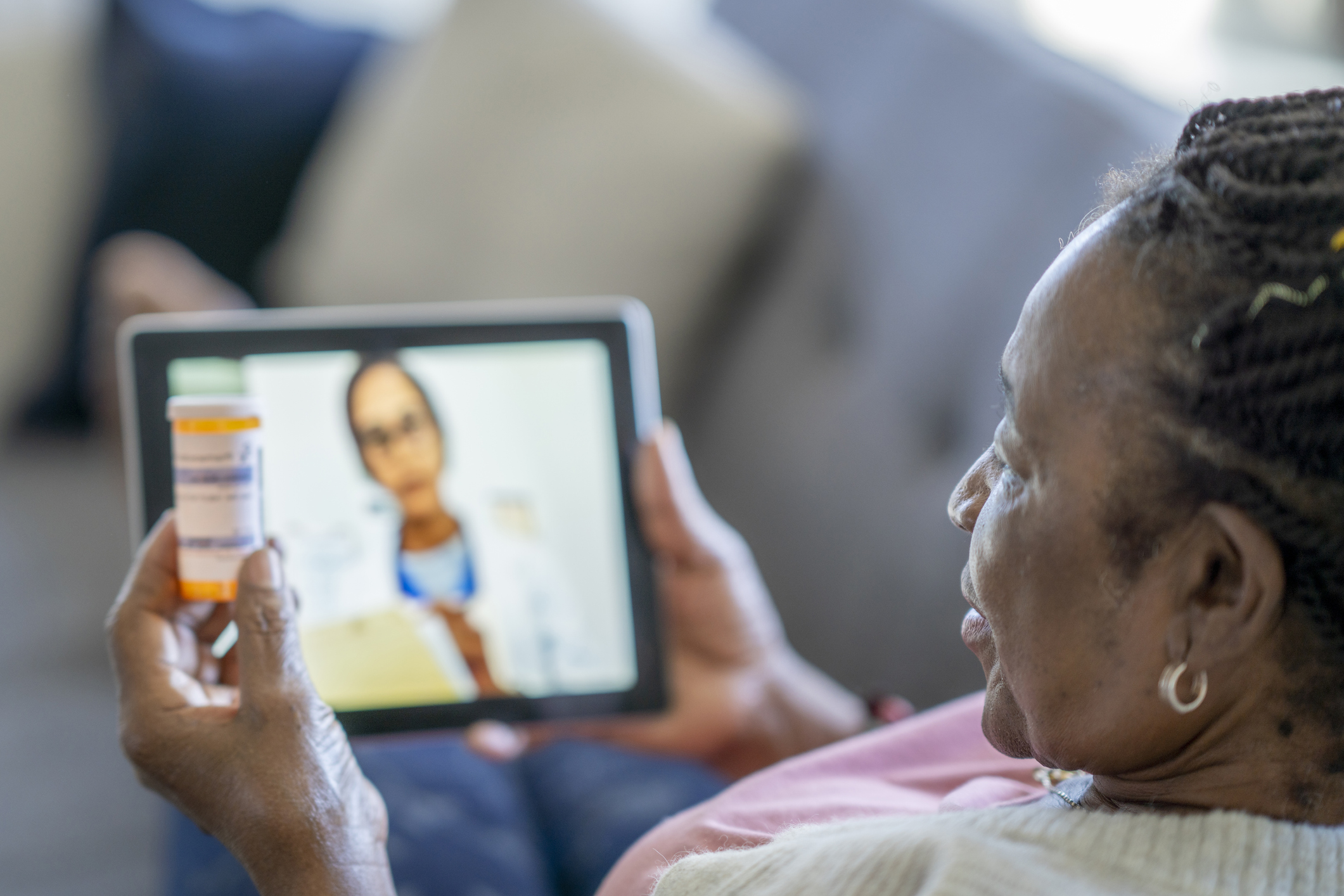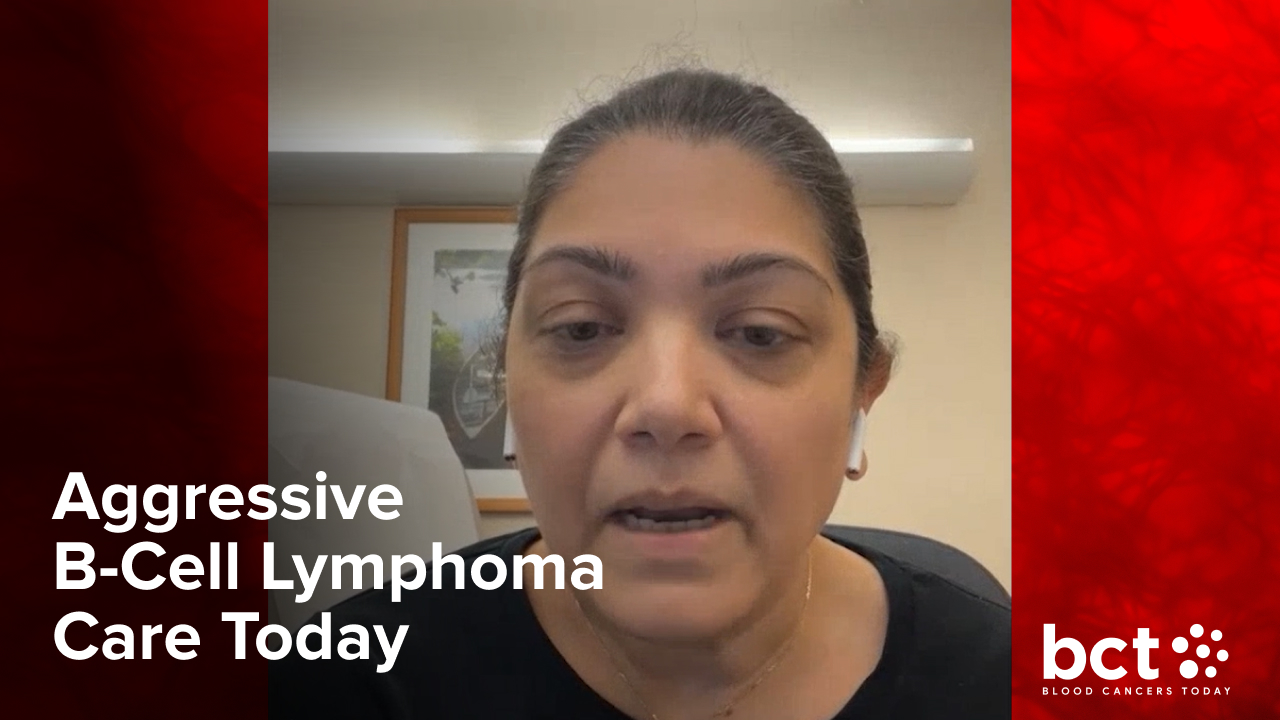
While the field of telehealth grew rapidly in the United States during the COVID-19 pandemic, many patients lack access to digital care. Network connections are too slow in most rural areas to accommodate video calls, nearly one-quarter of US adults do not have broadband in their homes, and 15% of Americans struggle to afford internet.
In addition to covering telehealth visits, government programs are seeking ways to provide internet access to those patients. For instance, Medicaid recipients are eligible for the Affordable Connectivity Program, which was signed into law in November 2021 as part of the Infrastructure Investment and Jobs Act. Under this program, the lowest-income households are eligible for $30 internet subsidies and one-time payments for connected devices.
A variety of health insurance plans also offer internet coverage, providing stipends for wireless internet and data plans.
“We’re seeing this shift towards [broadband access] becoming a medical benefit,” said Sara Ratner, senior vice president of government markets and strategic initiatives at Icario Health. “Is it analogous to, for example, putting a ramp into somebody’s house so they can get into their house and get access? Well, this is a virtual ramp to be able to access telehealth.”
A potential downside to expanding coverage of internet and virtual care is that it could drive up overall health-care costs by encouraging overuse through low-value or unnecessary visits.
Also, internet subsidies only benefit some patients in need, because high-speed internet is simply unavailable in much of rural America. Although the government has dedicated more than $40 billion in funding toward creating affordable high-speed networks in these areas, it will take years to build the necessary infrastructure.
Source: STAT, Feb. 3, 2022.






 © 2025 Mashup Media, LLC, a Formedics Property. All Rights Reserved.
© 2025 Mashup Media, LLC, a Formedics Property. All Rights Reserved.